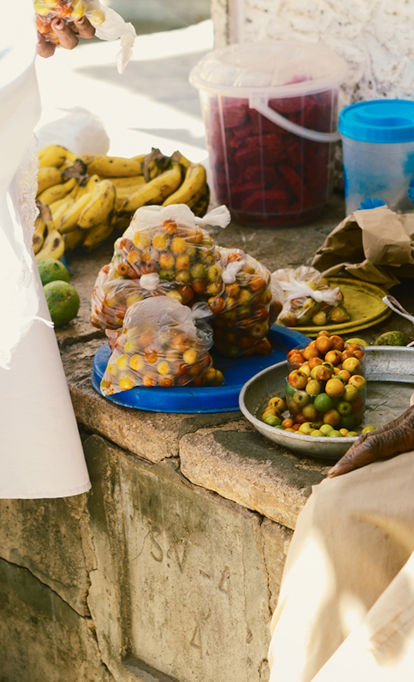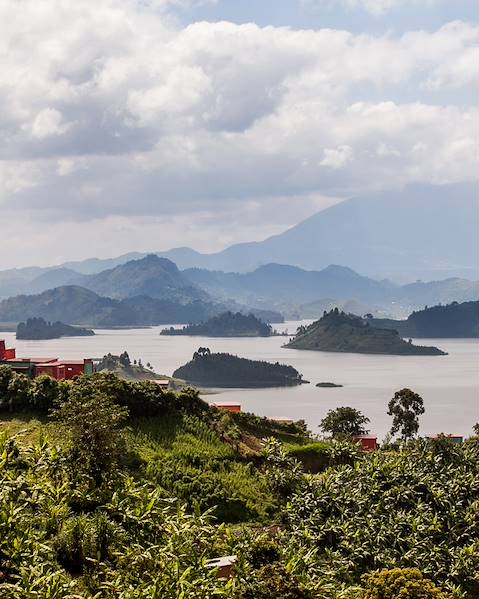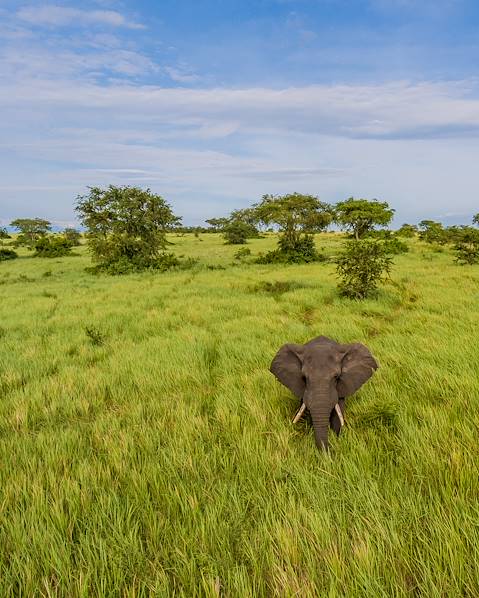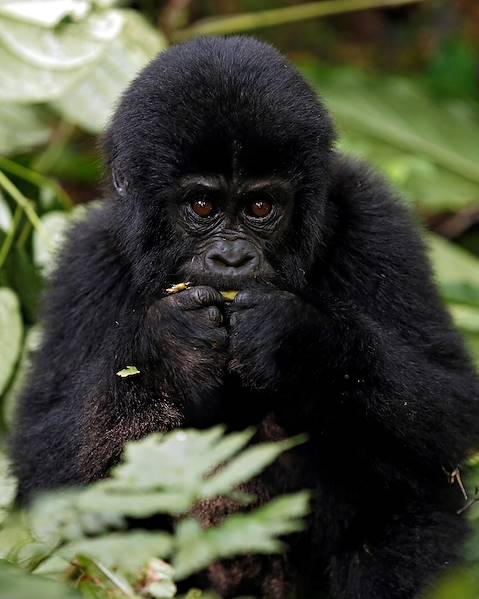Dubbed the ‘Pearl of Africa’ by Winston Churchill, this beautiful country boasts exceptional scenery, abundant wildlife and friendly, welcoming people. Along with Swahili, Uganda’s main language is English, so communication should be a breeze (though interestingly there are over 40 languages spoken throughout the country, many of which are indigenous). With ten national parks and close to 19,000 species of flora and fauna, it’s the ideal destination for a thrilling wildlife adventure. So, whether you’re interested in big game safaris, bird-watching experiences, gorilla trekking or views that make your heart skip a beat, this handy list of things to know before travelling to Uganda should help to prepare you for what’s to come.
Money
Uganda is a cash-based society, and the official currency is the Ugandan Shilling (UGX or USh). However, the US dollar is the most widely used and accepted currency for tourism, so it’s important to carry dollars with you at all times. Notes should be dated from 2009 or later, as these are considered more difficult to forge. In major cities, other foreign currencies such as pounds sterling and euros are also accepted. Payment by credit and debit card is becoming more common, but for security reasons it’s best to only use cards at large international hotels and recognised tourist outlets. If you do want to use your card, Visa is the most widely accepted. If you need to withdraw cash, stick to major banks.
Safety
Uganda is a relatively safe country, but crime rates are high in cities like Kampala and Entebbe. As a traveller, the main thing to be vigilant about is theft. Pickpocketing, mugging and bag snatching occur frequently in these areas, so keep valuables close and be wary of your surroundings. Money should be stored in secure money belts, or inside the safe in your hotel room.
Wildlife
Uganda is one of the world’s top wildlife destinations, home to over 1,000 species of birds (almost half of all species recorded in Africa!), around 380 mammal species and the world’s highest percentage of mountain gorillas. To keep these animals (and you) safe, always maintain a good distance as instructed by your guide and avoid using flash photography. For gorilla trekking in particular, you may be required to wear a mask to protect the animals from contracting illnesses.
Packing for safaris and wildlife treks
It can be tricky to know what to pack for exploring a country as diverse as Uganda. Because of the warm tropical climate, light clothing is best for keeping you cool, but remember that safaris can get chilly in the evenings. Make sure to pack a fleece and some long trousers for night game drives, which have the added benefit of keeping you protected from mosquitos. For gorilla trekking, you will also need a long-sleeved top, a light waterproof jacket and a pair of strong, sturdy boots to help you clamber up slippery paths. The final gorilla trek essential is a pair of hiking or even gardening gloves – we know it sounds strange, but these will help to keep your hands protected as you clear your path or grip onto branches.
Most of your clothing for wildlife activities should be green and light brown. Avoid wearing bright colours as these can scare animals away, and steer clear of dark blue and black, which attract tsetse flies. Bear in mind that wearing military-style attire is prohibited in Uganda, so leave those camouflage cargos at home.
















